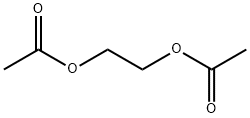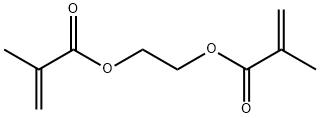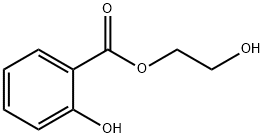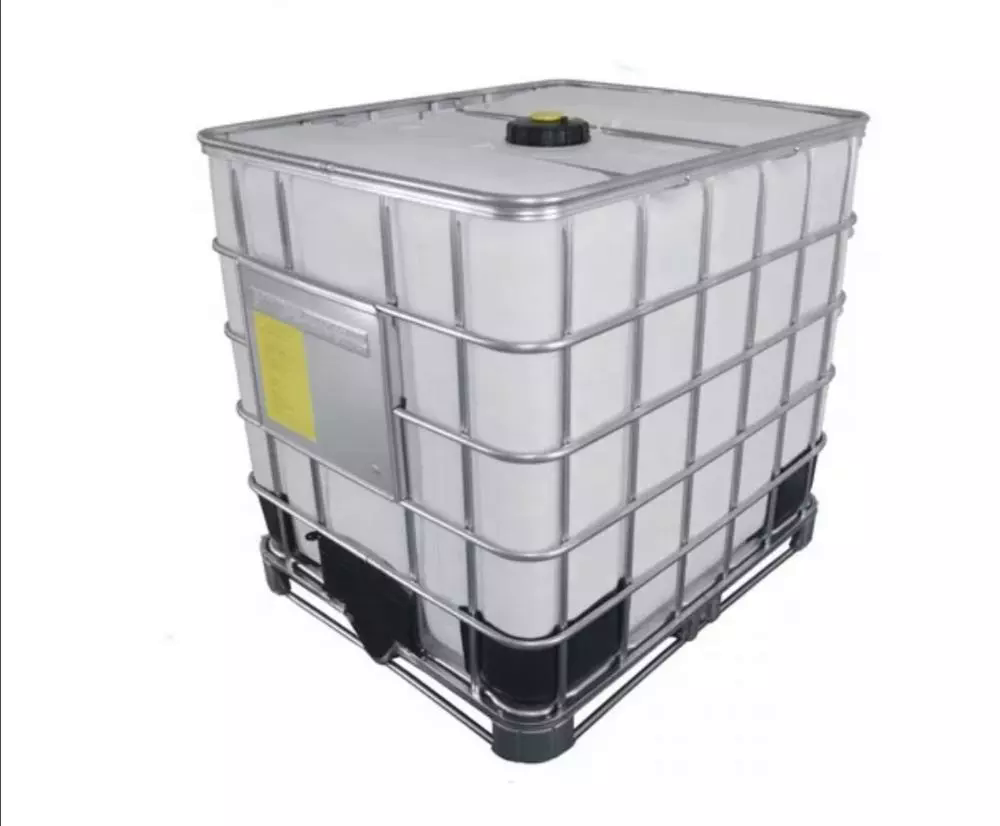Ethylene glycol diacetate
Synonym(s):1,2-Diacetoxyethane;Ethylene diacetate;Glycol diacetate
- CAS NO.:111-55-7
- Empirical Formula: C6H10O4
- Molecular Weight: 146.14
- MDL number: MFCD00008718
- EINECS: 203-881-1
- SAFETY DATA SHEET (SDS)
- Update Date: 2025-06-27 18:01:47

What is Ethylene glycol diacetate?
Chemical properties
clear liquid
14% soluble in water, miscible with alcohol and oils. Poorly soluble in Propylene glycol.
The Uses of Ethylene glycol diacetate
Ethylene glycol diacetate may be used as an acyl donor for the in situ generation of peracetic acid, during the chemoenzymatic synthesis of caprolactone. It may be employed as a precursor for the enzymatic synthesis of poly (ethylene glutarate).
The Uses of Ethylene glycol diacetate
Solvent for oils, cellulose esters, explosives, etc.
The Uses of Ethylene glycol diacetate
EGDA imparts excellent flow properties in baking lacquers and enamels and where thermoplastic acrylic resins are used. It is also a good solvent for cellulosic coatings and can be used in some ink systems such as screen inks. It has found use as a perfume fixative, and has reported applications in waterborne adhesives.
Production Methods
Ethylene glycol diacetate is produced by direct esterification of Ethylene glycol with Acetic acid, using azeotropic conditions..
General Description
Colorless liquid with a mild pleasant odor. Density 9.2 lb /gal. Flash point 191°F. Boiling point 369°F. Combustible but requires some effort to ignite. Used in the manufacture of perfumes, printing ink, lacquers and resins.
Air & Water Reactions
Water soluble.
Reactivity Profile
Ethylene glycol diacetate reacts with aqueous acids to liberate heat along with alcohols and acids. Strong oxidizing acids may cause a vigorous reaction that is sufficiently exothermic to ignite the reaction products. Heat is also generated by the interaction with caustic solutions. Flammable hydrogen is generated with alkali metals and hydrides.
Health Hazard
Inhalation is not hazardous. Liquid causes mild irritation of eyes. Ingestion causes stupor or coma.
Fire Hazard
Ethylene glycol diacetate is combustible.
Flammability and Explosibility
Not classified
Safety Profile
Moderately toxic by intraperitoneal route. Mildly toxic by ingestion and skin contact. An eye irritant. Combustible when exposed to heat or flame; can react with oxidzing materials. To fight fire, use alcohol foam, CO2, dry chemical. When heated to decomposition it emits acrid smoke and irritating fumes.
Purification Methods
Dry the di-ester with CaCl2, filter (excluding moisture) and fractionally distil it under reduced pressure. [Beilstein 2 IV 1541.]
Properties of Ethylene glycol diacetate
| Melting point: | -41 °C (lit.) |
| Boiling point: | 186-187 °C (lit.) |
| Density | 1.104 g/mL at 20 °C (lit.) |
| vapor density | 5.04 (vs air) |
| vapor pressure | 0.2 mm Hg ( 20 °C) |
| refractive index | n |
| Flash point: | 198 °F |
| storage temp. | 2-8°C |
| solubility | 160g/l |
| form | Liquid |
| color | blue |
| Odor | at 100.00 %. green floral estery alcoholic |
| explosive limit | 1.6%, 135°F |
| Water Solubility | 160 g/L (20 ºC) |
| Merck | 14,3799 |
| BRN | 1762308 |
| Dielectric constant | 37.7(25℃) |
| CAS DataBase Reference | 111-55-7(CAS DataBase Reference) |
| NIST Chemistry Reference | 1,2-Ethanediol, diacetate(111-55-7) |
| EPA Substance Registry System | Ethylene glycol diacetate (111-55-7) |
Safety information for Ethylene glycol diacetate
| Signal word | Warning |
| Pictogram(s) |
 Exclamation Mark Irritant GHS07 |
| GHS Hazard Statements |
H227:Flammable liquids H315:Skin corrosion/irritation H319:Serious eye damage/eye irritation H335:Specific target organ toxicity, single exposure;Respiratory tract irritation |
| Precautionary Statement Codes |
P261:Avoid breathing dust/fume/gas/mist/vapours/spray. P305+P351+P338:IF IN EYES: Rinse cautiously with water for several minutes. Remove contact lenses, if present and easy to do. Continuerinsing. P405:Store locked up. |
Computed Descriptors for Ethylene glycol diacetate
New Products
4,4-Difluoropiperidine hydrochloride tert-butyl 9-methoxy-3-azaspiro[5.5]undecane-3-carboxylate Indole Methyl Resin N-Isopropylurea N,N-Dicyclohexylcarbodiimide(DCC) MELDRUMS ACID 5-METHYLISOXAZOLE-4-CARBOXYLIC ACID Magnessium Bis glycinate Zinc ascorbate 1-bromo-2-butyne 2-acetamidophenol 9(10H)-anthracenone Erythrosin B, 4-Piperidinopiperidine 2-((4-morpholinophenylamino) (methylthio) methylene) malononitrile 2,4-dihydroxybenzaldehyde 3-(4-morpholinophenylamino)-5-amino-1H-pyrazole-4-carbonitrile Methyl 2-methylquinoline-6-carboxylate 2,6-dichloro-4-nitropyridine 4-Bromo-2-chlorobenzonitrile 2-(benzylamino)acetic acid hydrochloride 4-(tert-Butoxycarbonylamino)but- 2-ynoic acid 3,4-dihydro-2H-benzo[b][1,4]dioxepine 1-Phenyl-1-cycloprppanecarboxylicacidRelated products of tetrahydrofuran








You may like
-
 111-55-7 Ethyleneglycol diacetate 99%View Details
111-55-7 Ethyleneglycol diacetate 99%View Details
111-55-7 -
 111-55-7 99%View Details
111-55-7 99%View Details
111-55-7 -
 Ethylene glycol diacetate CAS 111-55-7View Details
Ethylene glycol diacetate CAS 111-55-7View Details
111-55-7 -
 Ethylene glycol diacetate CAS 111-55-7View Details
Ethylene glycol diacetate CAS 111-55-7View Details
111-55-7 -
 Ethylene glycol diacetate CAS 111-55-7View Details
Ethylene glycol diacetate CAS 111-55-7View Details
111-55-7 -
 Ethylene glycol diacetate 97.00% CAS 111-55-7View Details
Ethylene glycol diacetate 97.00% CAS 111-55-7View Details
111-55-7 -
 Ethylene Glycol Diacetate CAS 111-55-7View Details
Ethylene Glycol Diacetate CAS 111-55-7View Details
111-55-7 -
 Ethylene glycol diacetate CAS 111-55-7View Details
Ethylene glycol diacetate CAS 111-55-7View Details
111-55-7
